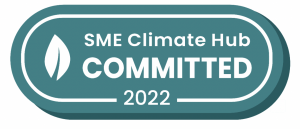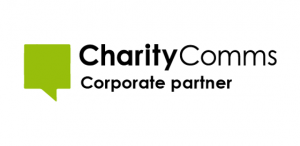An event, whether online or in person, is a great opportunity to engage with existing fans and followers, reach new people and generally raise awareness of your brand.
But what you do during an event is just a small part of what makes live coverage of an event a success.
Making the most of your events on social media takes careful planning ahead of time. It’s also important to build on your experience by measuring the impact afterwards.
This guide runs through the main areas to consider when managing social media during an event. All the examples used are past or present clients of Empower.
In this article:
Covering an event on social is a great way of increasing your online community or strengthening existing relationships because:
- Events are a great source of original content
- The immediacy of an event content fits closely with the nature of social media as a constantly updating media space
What’s your objective?
Try and have a clear idea of what you want to achieve from covering the event online.
This could be:
- Raising your profile amongst new or existing audiences – In this case, you don’t want to just share images of the event, you’ll want to promote your mission statement and other high-profile pieces of work too. This will help your brand, not just the event, stick out in people’s minds.
- Bringing an issue or idea to a new set of people – What are the basics that new people need to know to truly understand the topic? Do you have guides, videos optimised for social media or infographics you could use? This will provide your audience with a deeper understanding and add credibility to the event.
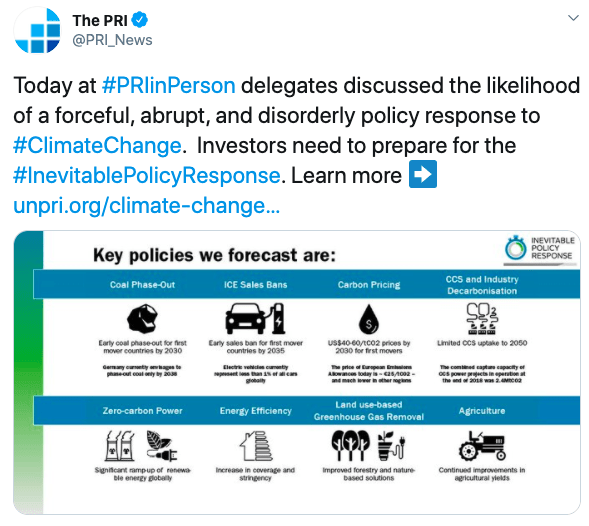
Event Preparation
Despite its apparent immediacy to your audience, to maximise ‘live’ coverage there is a lot you can do before the event to prepare.
Pre-write content
You will have more time to think through and produce your content before the event. This will increase its quality and allow you more time to be reactive to your community during the event.
Types of content you can produce ahead of time:
- Reminders about the event / day-by-day countdown
- Introduction to the event’s topic and aims
- Speaker profiles
- Session or workshop descriptors
- Timetable / programme information or reminders
- Questions for attendees, including polls
- Thanks for attending
- Calls to action – including reminders for people to share their own content, or share yours
- Promoting future related events
- Promoting related content such as reports, blogs or case studies
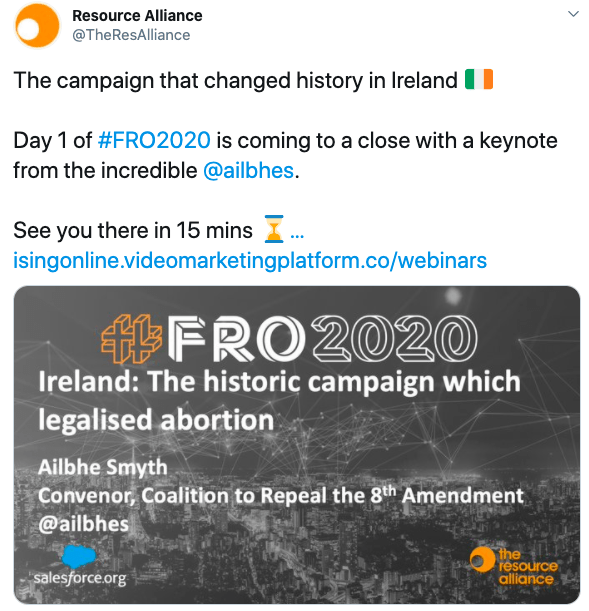
Research key stakeholders’ accounts
Tagging is a really important way of drawing attention to your event, or your participation in it. If a speaker or participant is tagged in one of your posts, they are more likely to share it, increasing your reach.
Searching for account handles during an event wastes valuable time – so prepare a list in advance.
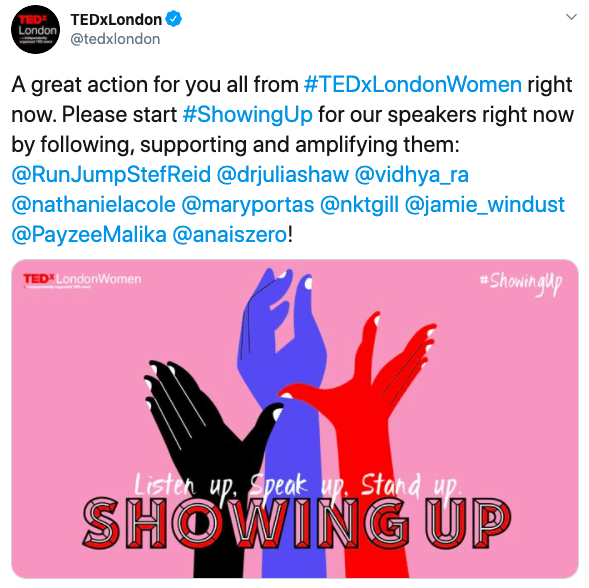
Ask for support
It can be hard to know how attendees and your wider audience will respond to your event. If the event content and messaging is important to your strategy, you can make the most of the opportunity by asking colleagues, partners, speakers or attendees you know well to commit to posting during the event.
To make this as easy as possible for them, and to ensure they use the right handles and hashtags, you could offer to write their posts for them.
Getting staff involved may also help raise their profiles, especially important if professional networking and advocacy is part of your organisational approach.
Difficult questions or FAQs
Are there any questions you are likely to be asked during the event? Are there any controversies or difficult issues that could be raised? Prepare your answers to these with colleagues so you can simply copy and paste them if they come up and not have to worry about saying the wrong thing.

Set up Twitter monitoring
Twitter is the platform that moves the fastest, and where there is a culture of live events being covered so this is likely where a lot of your activity will take place. So, another aspect that is helpful to prepare in advance is monitoring.
Things may happen very quickly on the day and setting up a dashboard on a platform like Hootsuite or Tweetdeck will help you avoid constantly having to open and close different windows and scrolling through irrelevant notifications.
Things to monitor:
- Hashtags – if you have decided to give your event a hashtag, keep a live search of who is using it open.
- Mentions – people will hopefully be tagging your organisation’s account, especially if you are the main organiser.
- Lists – Once you’ve researched their handles (see above) set up a Twitter list of all your key stakeholders. This might be speakers, donors, partners or just attendees. This will mean as the event is happening, you can watch for any relevant posts to share, reply to, or feedback to colleagues.
- Keyword searches – many people will forget to tag you or use the hashtag and so won’t appear in your notifications or in the lists above. Set up a search on your dashboard for your event name and see what comes up.
Take a look at our list of free social media listening tools for more.
Use this table to ensure you have everything covered prior to your event:
| Task | ✓ |
| Pre-write some posts | |
| Prepare some graphics or photos | |
| List key stakeholders handles and accounts | |
| Ask internal or warm stakeholders (people you know already) to commit to posting during the event | |
| Prepare some FAQs | |
Set up monitoring
|
During the event
The most important thing about covering an event live is to keep perspective. It is easy to get caught up in the busyness and excitement of an event and lose perspective of how your audience will perceive what’s going on. This may be the highlight of the year for you, but to most people it will be just one of many pieces of content they see in a day.
You can do this by following some of the points below.
Quality over quantity
You don’t need to cover every aspect of the event online. Remember not all of your followers will be interested or be able to take part in the event. Posting too frequently could lead to people to mute or unfollow you.
We would suggest as a guide:
- Twitter: 1 tweet per 15 mins
- Facebook and LinkedIn: 1 post per 2-3 hours
- Instagram: 3-4 main feed posts per day
- Facebook Stories or Instagram Stories: 8-10 Stories
What content should you post?
If you’re not sure what to post, take a look again at the pre-written content suggestions above.
During the event you’ll also have an opportunity to gather new content, such as:
Visuals – photos and videos:
- Preferably of people looking interested or happy! Make sure you have permission from them to post. Usually verbal consent is fine, unless you plan to use the photo on a long-term basis.
- Clear, high quality photos are important to ensure your brand keeps professional.
- Striking or unique ways to capture what is happening will grab more people’s attention – don’t be afraid to use functionality on your phone like the panorama, time lapse or slow-motion settings.
- Photos that include your branding or the title of the event is also a good idea.
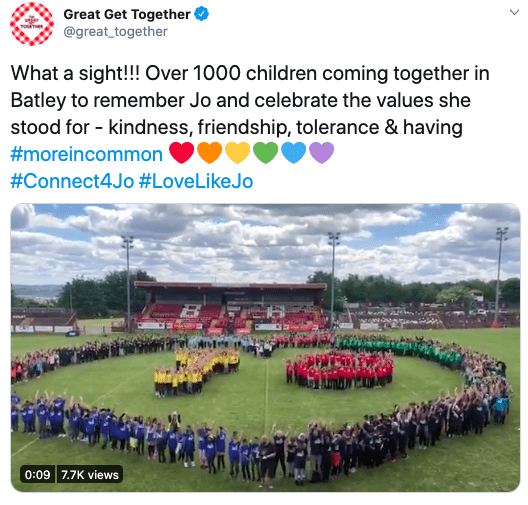
Quotes:
- Are people speaking at your event? Try and capture some catchy quotes. You can either write them down or if you’re close enough, take a video.

Context
It is helpful to assume people are seeing your post in isolation. Triggering a little bit of curiosity is fine, but most people won’t be watching your feed all day in the way that you are. What you share therefore must make sense, and be valuable, all on its own, otherwise you risk alienating, confusing or frustrating your audience.
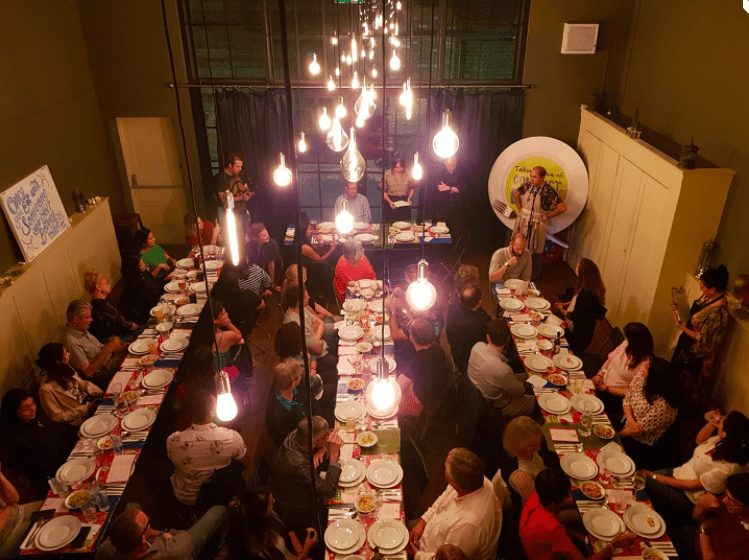
Take your time
There’s often no need to rush. If there’s something you think is really valuable but you need some time to make the most of it, e.g. adding subtitles to a video, or checking in with a colleague, you can post it after the event. This may actually increase the reach and impact of the event.
Interacting with the community
Monitoring who and what is being said by others attending the event or engaging with your content is one of the most valuable aspects of covering it on social media.
It’s a chance to connect and engage with new people in your field, increase awareness and loyalty amongst your followers – maybe even encourage conversions such as donations or sign-ups. (See above for how to set-up your monitoring.)
Build reach and relationships
Sharing, replying or liking content about your organisation or event will encourage people to keep posting (increasing your reach and awareness) and build relationships by making them reciprocal.
Know your place
Just because you don’t own an event, doesn’t mean you can’t use it to achieve your organisational aims. BUT If you are not the main organiser, be sensitive to this – give credit where it’s due and don’t intrude on conversations.
Amplify your audience
Other people posting about your event is a chance to provide ‘social-proof’ – evidence that you are part of a community that holds you in high esteem. This will encourage others to take part. For every one post you send from your own account in your own brand voice, try and share something from your audience.
If there is no one to amplify, this might suggest your audience is actually not interested or aware of your event. This is something to think about in your evaluation, but in the meantime, reach out to colleagues, speakers or other close stakeholders via email or phone and ask them if they’d like to start the conversation. (See Ask for Support above.)

Pick your platforms
As mentioned above, unless you are hosting your event on a social media platform (such as Facebook Live or Youtube Livestream) much of the activity for your event is likely to be happening on Twitter.
As well as the Twitter monitoring set up we’ve outlined above, if resources allow, it is worth keeping a close eye on other platforms too, especially if they are strategic for your audience of organisational aims.
Many people have their posts set up so they only appear to their friends, so even if they are posting on Facebook about your event, you might not see them. A post from an individual is a really powerful endorsement – people trust individuals much more than they trust a brand, so it’s still worth keeping an eye on your Facebook notifications.
This is less likely to be active as it is a slower moving platform generally. But especially for events in a professional context, posts on LinkedIn from individuals can be very valuable to a brand’s LinkedIn reach. They are not only valued more in people’s get 8x more reach than if organisational posts) so again, still worth checking in on your notifications during the event and asking for stakeholder support beforehand.
More and more people are using Instagram Stories to post about live events, and it’s really easy to repost these to your own story, so keep your notifications open on Instagram too.
Etiquette
- Don’t share posts from the same person too many times – it might look like there’s only one person at the event, or you’re singling out one person over others in the conversation.
- Stick to brand guidelines – check in with internal documents about tone of voice and style guidelines and ensure anything you write reactively sticks as close to this as possible.
- Don’t like and retweet yourself (perhaps obvious, but we’ve seen it happen!)
Measurement and Evaluation
So you’ve put hours, perhaps days of work into your event, was it worth it? Should you do it again? Here are some ways you can find out.
- Engagement and reach – your standard performance metrics such as likes, shares (or retweets) and comments will help you decide how your coverage resonated with your audience.
- New followers – How many new followers or page likes did you get around the time of the event? Pay particular attention to influential figures (people with lots of followers or who are high up in your field).
- Site traffic and conversions – did your website have an increase in visits? Did you have a higher proportion of ‘New Users’ than usual? Take a look at our Google Analytics guide for more.
- In person feedback – your online activity is sometimes about providing information to attendees. See if it was mentioned in any event feedback forms or conversations had on the day.
Events in lockdown
For now, events won’t be just covered online, they are actually taking place online most of the time. Most of the principles above still apply, in fact a few of the examples we have shared took place at the height of lockdown.
Covering webinars and live-streamed events actually provide many opportunities to increase their impact. Read our Director Jaz’s tips for turning offline events into online virtual conferences.


